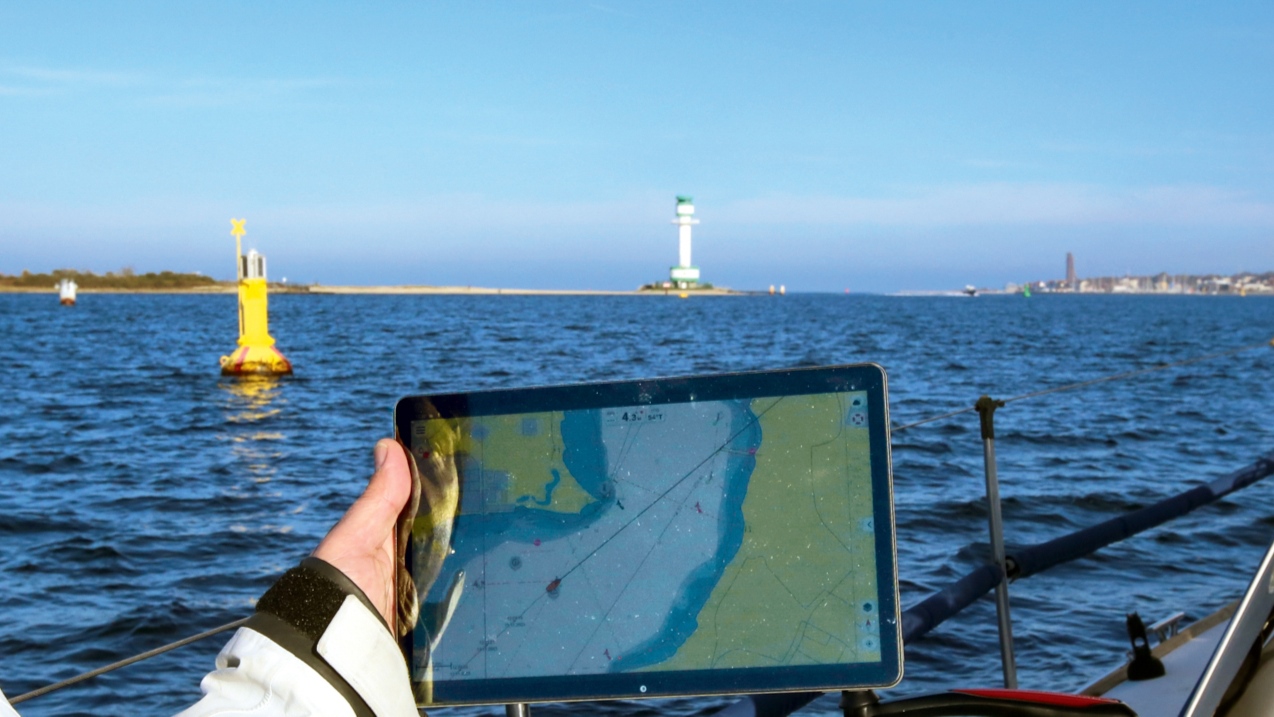
Setting Up Your Android Tablet for GPS
Before using GPS on an Android tablet, ensure proper setup. Follow these steps:
Check for GPS Hardware
Verify your tablet has a GPS chip. Go to the Settings app, navigate to "About device" or "About phone," and look for mentions of GPS or GNSS (Global Navigation Satellite System).
Enable Location Services
Enable location services on your tablet. Open the Settings app, scroll down, and select "Location." Ensure the toggle switch for "Use location" is turned on. Set your location mode to "High accuracy" for better GPS usage.
Update Your Tablet
Ensure your tablet's operating system and apps are up-to-date. Outdated software can cause GPS issues.
Charge Your Tablet
A fully charged battery is crucial for extensive GPS use. GPS can consume significant battery power, especially during extended periods or in areas with poor signal strength.
Choosing the Right GPS App
Numerous GPS apps are available for Android tablets, each offering unique features. Here are some popular options:
Google Maps
Google Maps offers detailed maps, real-time traffic updates, and turn-by-turn directions. Download maps for offline use, useful when internet access is unavailable.
Waze
Waze provides community-driven traffic updates and real-time navigation. Features include traffic alerts and police presence notifications.
Garmin
Garmin offers GPS apps for various activities such as hiking, running, and driving. These apps include detailed maps and specific features tailored to each activity.
Maps.me
Maps.me is an offline GPS app providing detailed maps without internet access. Ideal for travelers who want to navigate without relying on data connectivity.
Sygic
Sygic is another offline GPS app offering detailed maps and turn-by-turn directions. Features include voice commands and real-time traffic updates.
Using GPS Apps on Your Android Tablet
After choosing a GPS app, use it effectively with these steps:
Launch the App
Open the GPS app from your home screen or app drawer.
Enter Your Destination
Use the search bar to enter your destination or select it from saved locations.
Get Directions
After entering your destination, the app will provide turn-by-turn directions. View the route on a map for a better understanding of the path ahead.
Use Offline Maps
For apps supporting offline maps, download necessary maps before heading out. This ensures access to navigation without internet connectivity.
Track Your Route
Many GPS apps allow real-time route tracking, useful for activities like hiking or running where staying on track is important.
Save Locations
Save frequently visited locations or points of interest for quick access later.
Use Voice Commands
Some GPS apps support voice commands, convenient when driving or engaging in other activities requiring hands-free operation.
Troubleshooting Common Issues
Using GPS on an Android tablet is generally straightforward, but common issues may arise:
Poor Signal Strength
Weak GPS signals can cause less accurate navigation or failure. This is more common in urban areas or when using GPS indoors.
Battery Drain
GPS can consume significant battery power, especially during extensive use or in areas with poor signal strength.
App Crashes
Some GPS apps may crash or freeze due to software glitches or hardware issues.
Map Data Errors
Occasionally, map data may be outdated or incorrect, leading to navigation errors.
Permissions Issues
Ensure your GPS app has necessary permissions to access location services and other required features.
Resolving Poor Signal Strength
If experiencing poor signal strength, try these steps:
- Move to an open area with fewer obstructions.
- Use an external GPS antenna to enhance signal reception.
- Restart your device to resolve connectivity issues.
- Update your GPS app to the latest version for improvements in signal reception.
Managing Battery Drain
To manage battery drain associated with GPS usage:
- Download maps for offline use to reduce data consumption and extend battery life.
- Disable location services when not using GPS to conserve battery power.
- Adjust location settings to "Battery saving" mode if concerned about battery life.
- Enable power-saving features on your device to limit background activity and reduce battery consumption.
Troubleshooting App Crashes
If your GPS app crashes frequently:
- Ensure you're running the latest version of the app.
- Clear the cache and data of the app to remove temporary files causing issues.
- Uninstall and reinstall the app if clearing cache and data doesn't resolve the issue.
- Check for conflicts with other apps that might be causing the GPS app to crash.
Resolving Map Data Errors
If encountering map data errors:
- Ensure your maps are up-to-date by checking for updates within the app.
- Report any errors to the app developers for correction in future updates.
- Consider using alternative GPS apps if the issue persists with your current one.
Additional Tips and Tricks
Here are some additional tips for using GPS on your Android tablet effectively:
- Use multiple navigation apps for redundancy, ensuring access to navigation even if one app fails.
- Customize app settings to suit your needs, such as setting preferred routes or avoiding certain roads.
- Take advantage of voice commands to navigate hands-free, especially when driving or engaging in other activities requiring hands-free operation.
- Save custom routes for frequently traveled paths or specific activities like hiking trails.
Using GPS on an Android tablet can significantly improve your mobile experience. By setting up your device correctly, choosing the right GPS app, and troubleshooting common issues, you can ensure reliable navigation at all times. Whether planning a road trip, hiking in the wilderness, or just wanting to know your location, understanding how to use GPS on your Android tablet is crucial for any navigation needs. Follow these steps and tips to navigate using your Android tablet effectively and efficiently. Happy travels!
